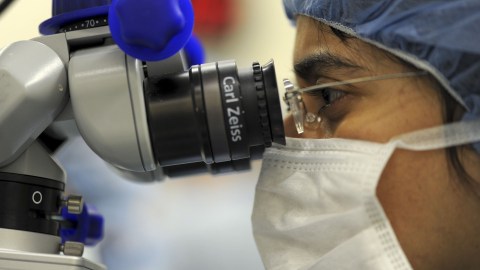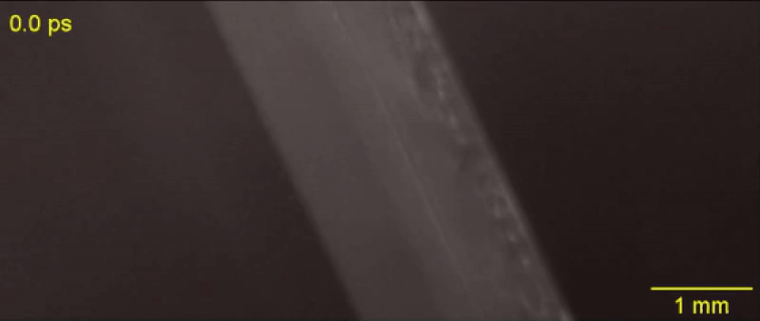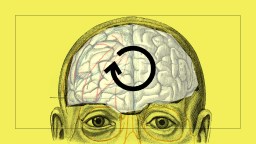A Novel Form of Gene Therapy Can Treat Diabetes With Genetically Modified Skin Transplants

Researchers from the University of Chicago have successfully completed a proof-of-concept study where they managed to treat obesity in mice using a new type of gene therapy that utilized skin transplants. Human skin transplantation is a well-established clinical approach that has been used for the treatment of burns. However, using it as a vehicle to deliver genetic treatments for non-skin diseases could be revolutionary.
There are several reasons why skin stem cell therapy can be applicable to a broad type of diseases. The skin is the largest human organ, providing an easy access to cells needed for genetic treatments. The skin enables easy monitoring for potential off-target mutations resulting from the CRISPR intervention, as well as easy removal of such mutations, should they occur. Most importantly, proteins that are secreted by epidermal cells can reach the blood circulation and achieve desired therapeutic effects for the entire body.
In the study published this month, titled Engineered Epidermal Progenitor Cells Can Correct Diet-Induced Obesity and Diabetes, the scientists genetically engineered skin cells to be able to deliver GLP1 (glucagon-like peptide 1) – a hormone which regulates blood glucose. Then they developed a surgical procedure which allowed them to successfully engraft the new skin onto a mouse host. Finally, the genetically modified cells had a mechanism for releasing GLP1, which was regulated by a small amount of antibiotic that was fed to the mice. The treated group of obese mice significantly reduced their body weight and insulin resistance, compared to the control group.
Xiaoyang Wu, one of the authors of the study, says in an interview for ResearchGate:
”We established a novel mouse to mouse skin transplantation system to test skin gene therapy. […] Our proof-of-concept work demonstrated it’s possible to use engineered skin grafts to treat many non-skin diseases. Clinical translation of our findings will be relatively easy, as skin transplantation in human patients has been well established and clinically used for treatment of burn wounds for many years.”
Skin grafts are an exciting new avenue to explore for genetic treatments of diseases. They are relatively inexpensive compared to other types of gene therapy, the procedure is minimally invasive, and it has already been tested and proven safe.





